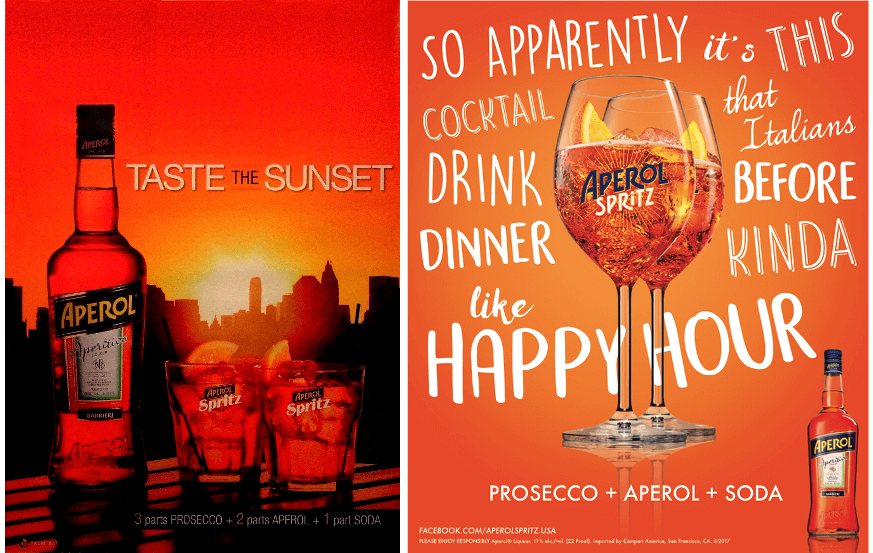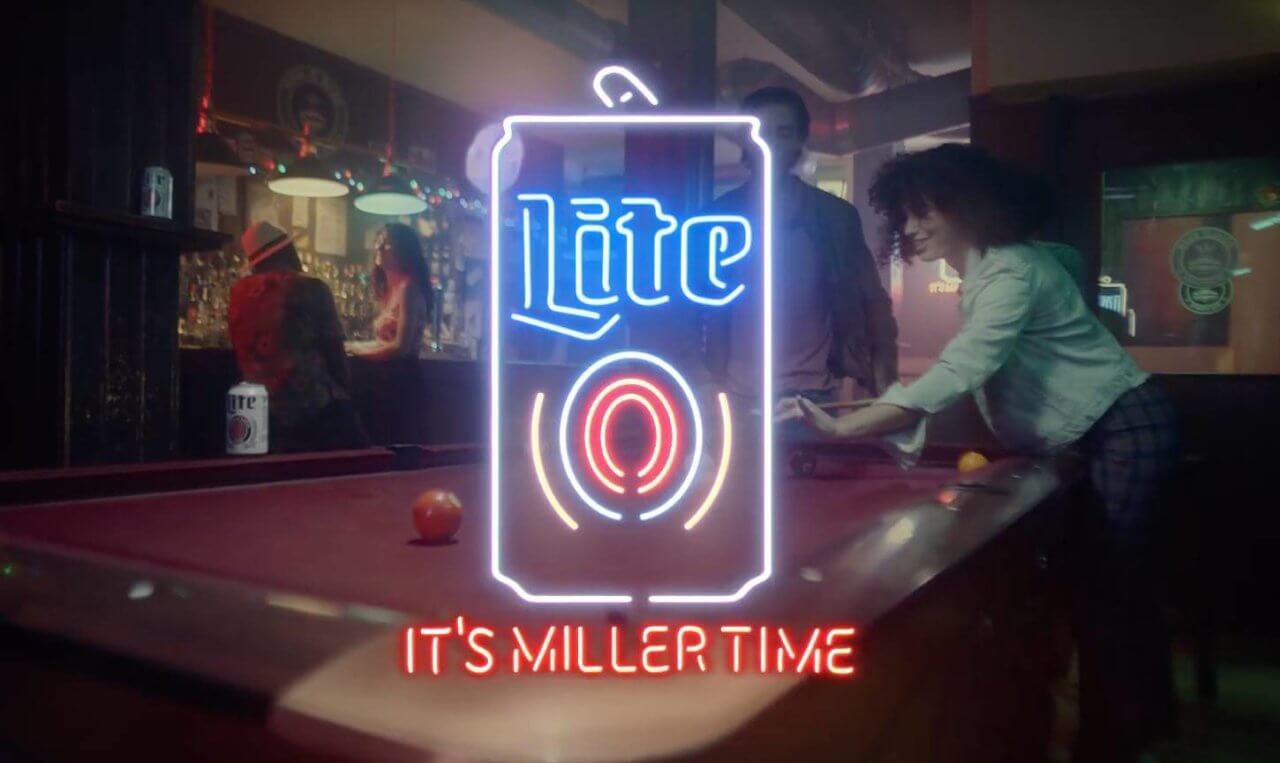Our Thoughts
Time is precious How brands can create value by owning a moment
Association with social and cultural occasions has long been an important way for brands and products to create relevancy throughout the day or the year. We are used to seeing, for example, a John Lewis Christmas advert, Budweiser ads at the Superbowl, or candy dressed up in the agreed-upon colours of a seasonal holiday from Easter to Halloween. These add to our experience of seasonality, the distinctive passing of time, and occasionality and are an expected part of our daily, weekly, and annual calendars. However, while we may take this for granted, defined “times” and occasions are powerful cultural concepts that go beyond indicating a segment of the calendar or clock. Whether it’s “bedtime”, “Christmas time”, or “beer-o-clock”, culturally and socially defined occasions imply more than the discrete actions taken within them, but also ephemeral, often indescribable emotional states that are the sum of an occasion’s parts.
We can see examples such as Budweiser’s long association with American sports (particularly the Superbowl) and supporting the excitement, or Ferrero Rocher seasonally positioning its chocolates as ideal Christmas treats when a little extra luxury is justified. The expectations of an occasion allow brands to meaningfully communicate where they fit in that moment. However, some brands go beyond simply placing their product within the visual context of an occasion, by tapping into deeper cultural meanings and emotions of times and occasions to create, or re-define, occasions and become symbols in themselves. In some cases, these ‘occasions’ already exist in culture but may not be clearly defined, such as the broad emotional and cultural resonance of the autumn season in the US (now embodied in a Starbucks Pumpkin Spice Latte), or an idealised picnic-laden summer setting in England. Or alternatively occasions can be invented or imported from other cultures. Regardless of where they originate, socially-defined occasions are a rich territory for brands to tap into. This can be achieved in a variety of ways, and if used well can resonate for decades.
Some brands, such as Miller in the US, and Pimm’s in the UK, have used overt reference to ‘time’ in slogans – It’s Miller Time, or Pimm’s o’clock – to encapsulate a distinct moment and emotional state that calls for the right product to be fully experienced. “It’s Miller Time”, for example, can be seen in neon lettering in bars across the US, and has been a tagline for Miller beer for decades. The use of a brand name as a defined time of day, that there can be a distinctive time and place both created by and requiring that product, suggests a daily ritual occasion that triggers a specific mood and experience. Like “bedtime” conjures a specific action and mood, “It’s Miller Time” has been built up to do the same. The slogan has historically been used in TV and print advertisements that visually suggest a down-to-earth, warm and inviting social occasion, encoded and reinforced by warmly lit imagery of everyday Americans leaving work and coming together to enjoy a pleasurable reward and release. As seen in Miller’s ads across the past 50 years, when “Miller Time” occurs – triggered by the appearance of a case or glass of Miller beer – work stops and leisure begins.

Also using a sense of time, the slogan “It’s Pimm’s o’clock”, now ubiquitous on billboards throughout summer in the UK, has an even broader application. “Pimm’s o’clock” can happen any time, but has become associated with the ideal summer moment, whether at Wimbledon or simply at home in the garden. As one vintage ad reads, “Just say Pimm’s…suddenly it’s summer”, and the brand drives this home with imagery drawing on well-understood imagery of English summer such as green lawns and bountiful strawberries. Like a defined ‘cocktail hour’, these references to it being ‘time’ for a product acts as a call to action, to create a change of mood and atmosphere, which only one product can truly, authentically provide.

Aperol is another example which has successfully identified a specific time of day – aperitivo hour – as a key occasion. Rather than invent this occasion using the brand, however, Aperol identified a moment rooted in the brand’s home culture that did not yet exist in some markets, and by owning that occasion used the product to define and represent it abroad. Whilst aperitivo is a well-known concept in Italian culture, both as an object (a type of drink) and a time of day, in the liminal period between work and home, day and night, which brings with it a special feeling of openness and conviviality. The brand has visually positioned the now-ubiquitous Aperol spritz in golden sun-drenched scenery with multiple glasses coming together, suggesting this warm, evening, social occasion. Even better, the Aperol spritz as a drink resembles the sunset ‘golden hour’ of the ideal transitional aperitivo moment, allowing the brand to reference this occasion visually, even without mentioning it overtly. And crucially, as an Italian-originating brand, Aperol was able to legitimately align itself with this moment and export it to other markets. It delivers not only an after-work drinks moment, but a specific feeling of Mediterranean warmth and Italian sophistication that distinguishes an Aperol moment from, say, Miller Time.

3 key takeouts for brands
- Identify the key occasions, holidays, or seasons that are a cultural fit for your product or brand, and consistently highlight those (e.g. beer and an after work social release)
- Understand the other culturally-relevant symbols and cues that help define the chosen time or occasion to clearly communicate the association (e.g. golden sunset hues or freshly cut grass & strawberries, etc.)
- Look to your brand’s home culture for inspiration – what can it bring from a region or country to consumers in other markets that provides a unique moment and feeling?
Isobel Grad, Senior Semiotician

